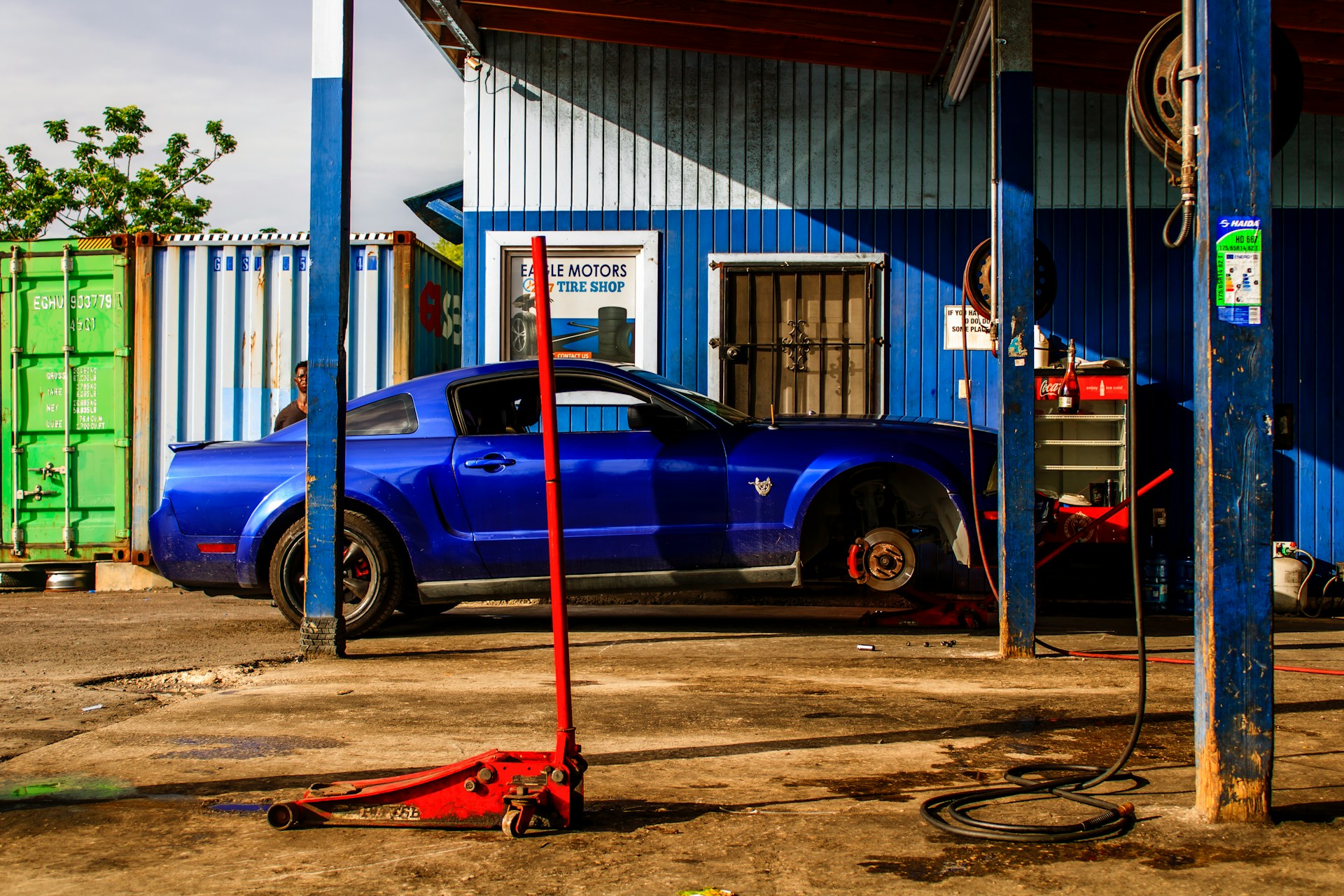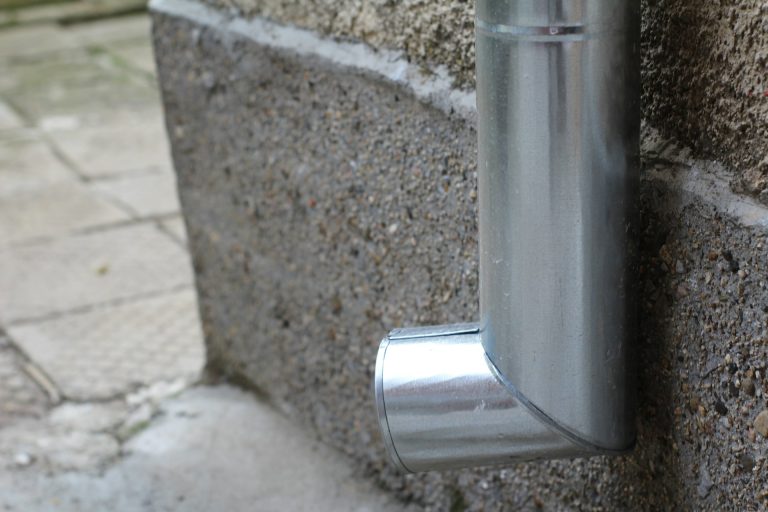5 Things to Consider Before Buying an Air Car Jack

Lifting a car safely depends on the right equipment, and an air jack can make that job faster and easier. Many people choose one without much thought, only to find it does not match their vehicle or feels awkward to use. Knowing what to look for before buying an air jack saves time, money, and frustration.
An air jack may seem simple, but different models vary in weight capacity, design, and safety features. Some work better for small cars, while others suit heavier vehicles. By understanding the key factors that matter most, anyone can choose a tool that fits their needs and makes routine maintenance far more practical.
Weight Capacity To Match Your Vehicle Type
The weight capacity of an air jack must match the type of vehicle it will lift. A small car usually requires less lifting power than a large SUV or truck. Choosing a jack with too little capacity can create unsafe conditions.
Manufacturers list the maximum weight a jack can handle, and this rating should always meet or exceed the vehicle’s total weight. It is also smart to consider added weight from accessories or modifications, as these can increase the load beyond the standard rating.
For compact cars, a 2-ton capacity often works, while larger vehicles may need 3 tons or more. A car jack air with upgraded airbag can provide extra lifting strength and stability for heavier models.
Different designs also vary in lifting height and speed. Products like the pneumatic jack give faster lift times and can support higher loads, making them useful for trucks or project cars. Matching capacity to vehicle type helps maintain safe and steady lifting.
Compatibility With Your Car’s Lifting Points
Every vehicle has specific lifting points that support the weight safely. These points are designed by the manufacturer and are the only safe spots to place a jack. Using the wrong area can damage the frame or cause the jack to slip.
An air car jack must line up with these lifting points. Some vehicles, such as SUVs or trucks, sit higher and may need adapters to reach the correct spots. Smaller cars often have narrower points that require a jack with a precise contact area.
Checking the owner’s manual helps identify the exact locations. Many guides also show diagrams for different makes and models. This step helps avoid mistakes and makes the process safer.
The design of the jack itself also matters. A wide saddle or adjustable head can provide better contact with the lifting point. Therefore, buyers should confirm the jack’s shape and size match the vehicle before purchase.
Type of Air Jack: Traditional vs Combination Air/Hydraulic
Traditional air jacks use compressed air alone to lift a vehicle. They are usually lighter, easier to move, and simpler in design. However, they often have lower lifting capacity, which may not suit larger or heavier vehicles.
Combination air/hydraulic jacks use both compressed air and hydraulic pressure. This design provides greater lifting power and can handle heavier loads. They also reduce the physical effort required since the air supply does most of the work.
Traditional models may be a good choice for smaller vehicles or quick tasks. In contrast, combination types are better suited for frequent use in shops or for lifting trucks and equipment.
Buyers should weigh the space they have, the type of vehicles they service, and how often they plan to use the jack. These factors help determine if a lighter traditional model is enough or if the added capacity of a combination jack is worth the investment.
Portability and Ease of Setup
A car jack that is easy to move makes a big difference for anyone who works in different locations. A lighter design allows the user to carry it in a trunk or garage without much effort. This feature matters most for drivers who may need it during roadside situations.
Ease of setup also plays an important role. A jack that requires fewer steps to position and operate saves time and reduces mistakes. Clear controls and a simple lifting process help both beginners and experienced users.
However, portability should not sacrifice stability. The jack must still provide a secure base once in place. A compact model that combines light weight with solid construction offers the best balance between mobility and safety.
In addition, storage convenience adds value. A design that fits into small spaces or comes with a carrying case makes it easier to keep the jack ready for use. This practical detail often separates a good tool from one that feels like a burden.
Safety Features Like Automatic Locking Mechanisms
An air car jack must hold steady under pressure, so safety features play an important role. Automatic locking mechanisms add an extra layer of security by keeping the jack in place once it reaches the desired height. This reduces the chance of sudden drops that could put both the vehicle and the user at risk.
These locks work by engaging once the jack lifts to a certain point. The user does not need to set them manually, which helps prevent mistakes during use. As a result, the jack stays stable even if air pressure decreases or slips occur.
In addition to locks, some models include overload protection that stops lifting beyond safe weight limits. This feature prevents damage to the jack and lowers the chance of accidents caused by overloading. Together, these systems make the tool safer and easier to use.
Shoppers should compare models to see which safety features come standard. A jack with automatic locking and overload protection offers stronger security than one without these safeguards.
Conclusion
An air car jack can make lifting a vehicle faster and less tiring compared to a manual jack. However, buyers should pay attention to weight capacity, size, power source, safety features, and storage needs before making a choice.
Each of these factors affects how well the jack will perform for different vehicles and situations. A careful match between the jack’s features and the user’s needs helps avoid problems later.
By focusing on these points, drivers can select a tool that fits their garage or roadside needs without unnecessary expense or frustration.






